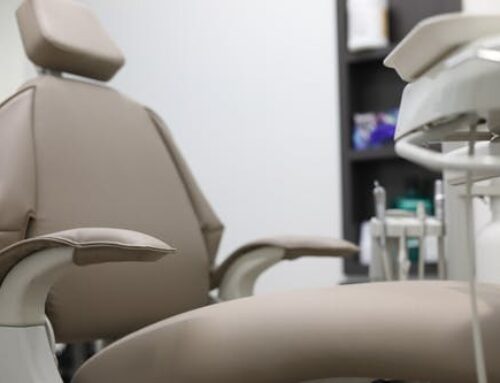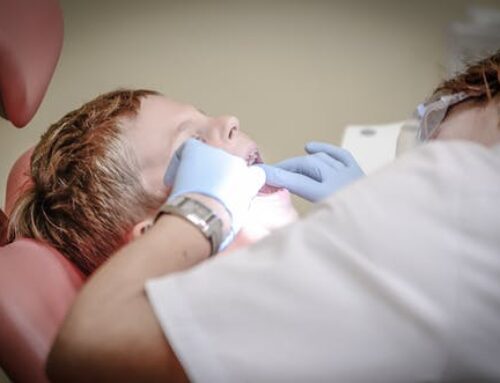Dental emergencies can be a scary and unexpected experience. Whether you have a chipped tooth, a painful abscess, or something more serious, you should know what to do to avoid panicking and improve your treatment’s outcome. First and foremost, you should call your dentist immediately if you have an urgent dental problem. Also, understanding the basics of emergency dentistry can help you prepare for more severe issues.
Read on to learn more.
Most Common Dental Emergency Situations
The following are typical circumstances that require emergency dental care:
- Toothache or jaw pain
- Chipped, cracked, or broken tooth
- Tooth trauma (knocked out)
- Severe gum inflammation
- Dental abscess
- Severe bleeding
- Lost or damaged dental crowns, bridges, or implants
What Are the Procedures Involved in a Dental Emergency?
With a wide range of emergency dental services, here are some of the most common ones:
1. Tooth Extraction
In severe toothache with abscess, immediate tooth extraction may be necessary. This dental procedure involves removing the tooth from its socket in the jawbone and other surrounding tissues. It’s often done when a tooth has been severely damaged or decayed beyond repair or to remove an impacted wisdom tooth. You will receive local anesthesia so that you can remain comfortable during treatment.
After the procedure, they will prescribe over-the-counter medications for pain relief and antibiotics if needed. In addition, proper aftercare instructions must be followed to ensure a quick recovery and avoid infection.
In cases like these, it’s always a good idea to have an emergency dentist on hand, as they are always available to see you. See https://www.emergencydentalclinics.ca/site/emergency-dental-services-edmonton/severe-tooth-ache to learn more about how it works if you’re in the Edmonton area.
2. Root Canal
A root canal involves removing the pulp or nerve tissue inside a tooth. Your dentist may perform this if you have an infected or decayed tooth, which can help preserve and prevent further damage. They will make a small hole at the top of your tooth so they can access and clean the root canals before they are filled with dental material. The final step is sealing the access point with a crown or filling.
Root canal therapy can provide long-term relief from pain and discomfort caused by infection and improve oral health overall.
3. Jaw Pain Emergency Treatment
Jaw pain can be caused by TMJ (temporomandibular joint disorder), jaw fractures, etc. Depending on the cause, your dentist may prescribe medications to reduce inflammation and pain. They will also refer you to an oral surgeon for further evaluation if necessary. Surgery may be required in extreme cases of jaw fractures or misalignment. In addition, your dentist can provide splints or mouthguards to protect the teeth and jaw from further damage or injury.
4. Dental Crowns, Bridges, and Implant Repair or Replacement
If your dental crowns, bridges, or implants are broken, damaged, chipped, or have become loose, your dentist may suggest replacing or repairing them as soon as possible. If not, an infection may occur and spread to other teeth, gums, and even your jawbone.
Repairing them may be possible if they are not too severely damaged. They do this by reshaping the crown, bridge, or implant and bonding it with a special adhesive. If the damage is too severe for repair, your dentist will suggest replacing them to restore the full function of your teeth. This means you must repeat the same procedures as if you were getting them for the first time.
The Bottom Line
Dental emergencies can happen to anyone, anytime. But if you understand the fundamentals of emergency dentistry and prepare for any situation, this helps you get the treatment you need quickly and safely. Contact your dentist immediately for proper diagnosis and care if you experience a dental emergency.






